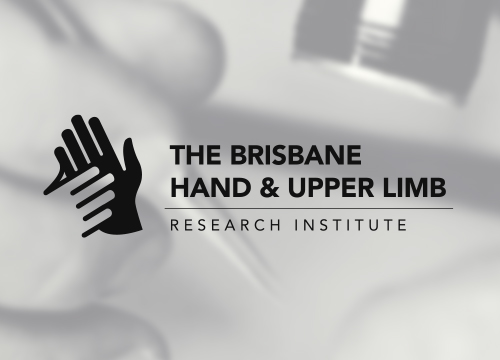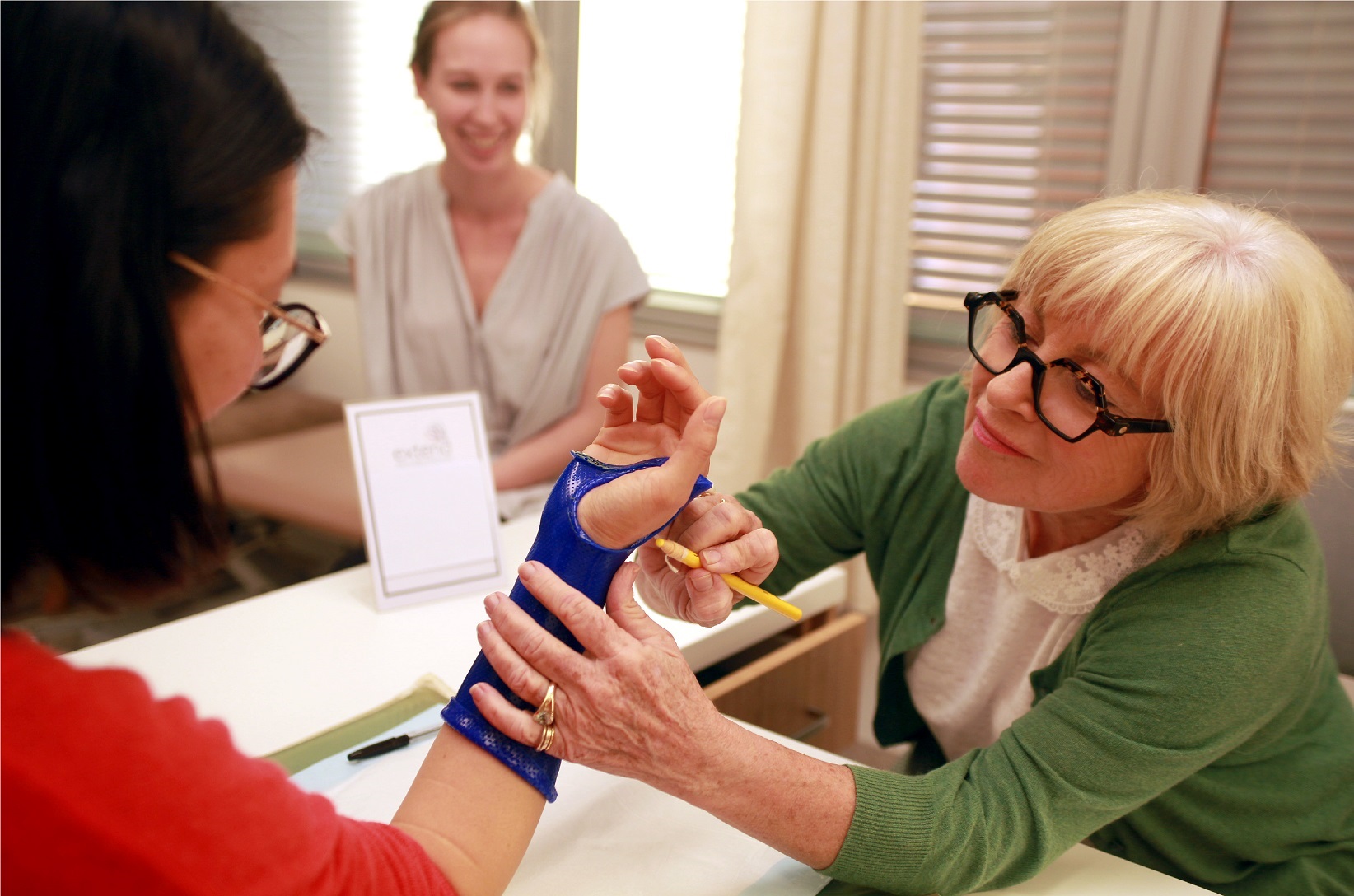Ross M, Di Mascio L, Peters SE, Cockfield A, Taylor F, and Couzens GB.
Journal of Wrist Surgery 2014; 3(1): 22-29.
DOI: 10.1055/s-0033-1357758
Background: The aim of this paper is twofold: to raise awareness of the potential problems of leaving residual radial translation of the distal fragment in distal radius fracture fixation and to provide a reproducible, accurate and simple radiographic parameter to define this reduction. The primary goal of all of this is to raise awareness of the malreduction to decrease problems with distal radial ulnar joint instability and to decrease the incidence of what the Authors consider to be unnecessary surgery on the ulnar side of the wrist when the surgeon is confronted with distal radio ulnar joint instability after fixation of a distal radial fracture. The idea is to make the surgeon look at reduction of the radius instead of fixing the ulnar side. We know that in the overwhelming majority of cases in our clinical experience, intraoperative correction of this deformity has avoided the need for ulnar styloid or TFC repair, which we otherwise would have performed had we not been aware of this malreduction. We have deliberately used the word potential in the title to reflect that we are proposing a hypothesis, and that only 40–50 percent of patients have a discrete distal band of the IOM. We have extensive experience over a 15-year period with internal fixation of distal radius fractures and have clearly observed this phenomenon. It is our belief, therefore, that we should be able to present this hypothesis in tandem with the radiographic parameter that we are advocating, to raise awareness of this malreduction of the radius. The radiographic parameter has little relevance unless put into this context. We would consider that the impact and value of this paper would be substantially weakened by removing this component of the title.,
Patients and Methods: In this study, 100 normal wrist radiographs were reviewed by three fellowship-trained orthopedic surgeons to develop a simple and reproducible technique to measure radial translation.,
Results: Utilizing the method described, the point of intersection between the ulnar cortex of the shaft of the radius and the lunate left a mean average of 45.48% (range 25–73.68%) of the lunate remaining on the radial side. In the majority of cases more of the lunate resided ulnar to this line. High levels of agreement with inter-rater (intraclass coefficients = 0.967) and intra-rater (intraclass coefficients = 0.79) reliability was observed.,
Conclusions: The results of this study can be used to define a normal standard against which residual radial translation can be measured to assess the reduction of distal radius fractures. This new parameter aids in the development of surgical techniques to correct residual radial translation deformity. In addition, awareness and correction of this potential malreduction at the time of surgery may decrease the need for other procedures on the ulnar side of the wrist to improve DRUJ stability, such as ulnar styloid fixation, TFCC repair, or ligamentous grafting.,
Level of Evidence: Level II (Diagnostic)




